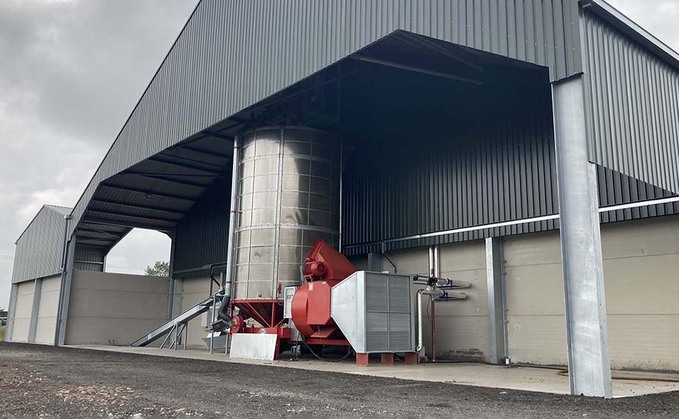
Based in the Scottish Borders, Mountfair Farming covers over 2000ha with a large proportion of the cereal drying being handled using heat from a 1MW biomass boiler. Farmers Guardian found out more...

Based in the Scottish Borders, Mountfair Farming covers over 2000ha with a large proportion of the cereal drying being handled using heat from a 1MW biomass boiler. Farmers Guardian found out more...